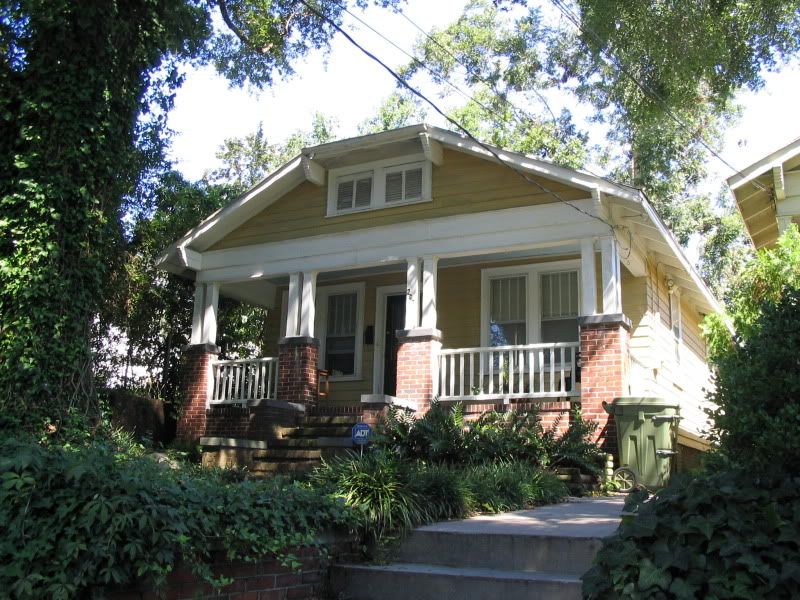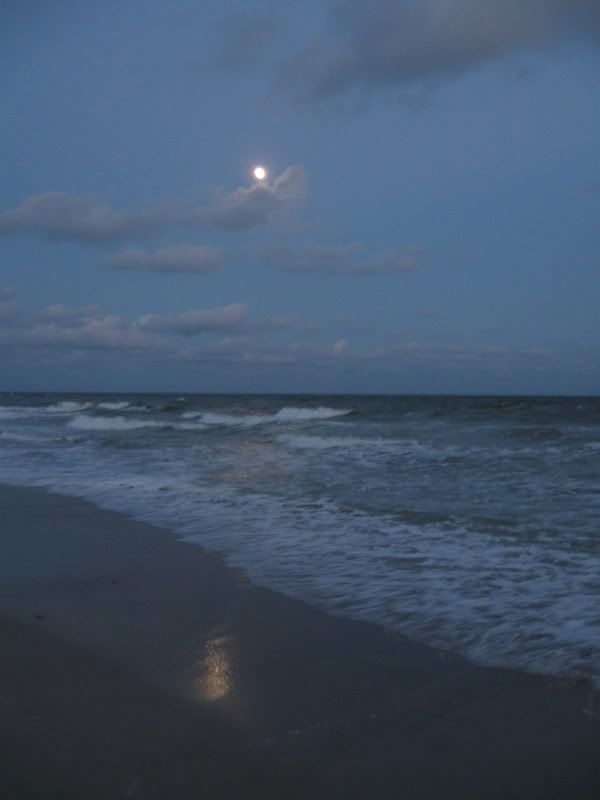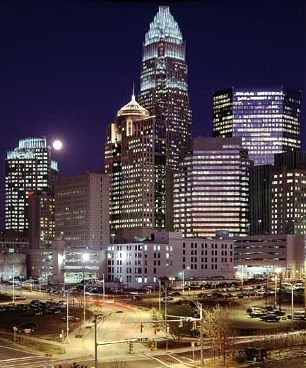by Alexandra Sokoloff
Stephen was talking about theme yesterday and I seized on the topic like a drowning Leo diCaprio dogpaddling in the middle of the broken pieces of the Titanic –
Well, maybe I’m exaggerating just a little. I’ve actually been thinking about this this week.
I’d just like to say up front that I’m not here to DEFINE theme, today…
Oh, is that cheating?
Well, okay, if you insist. Theme is what the story is about. On a deeper level than the plot details. The big meaning. Usually a moral meaning.
Hmm. See why I don’t want to define it?
Well, how about defining by example?
I’ve heard, often, “Huck Finn is about the inhumanity of racism.”
Uh… I don’t know about you, but for me, that’s too soft and vague.
Also have heard a lot that the theme of Romeo and Juliet is “Great love defies even death.” Except that – in the end, they’re dead, right? So how exactly is the love defying death? Risking death and losing, maybe. Inspiring people after death, maybe.
Okay, how about this? “A man is never truly alone who has friends” is a great statement of the theme of It’s A Wonderful Life. (And stated overtly in the end of that movie.)
The trouble is, I personally think it’s closer to the soul of that movie to say that it’s the little, ordinary actions we do every day that add up to true heroism.
So defining theme has always seemed like a slippery process to me. Different people can pull vastly different interpretations of the theme of a story from the same story. And even if you can cleverly distill the meaning of a story into one sentence… admit it, you’re not REALLY covering everything that the story is about, are you?
I think it’s more useful to think of theme as layers of meaning. To not think of theme as a sentence, but as a whole image system.
And that’s where it gets really fun to start working with theme – when it’s not just some pedantic sentence, but a whole world of interrelated meanings, that resonate on levels that you’re not even aware of, sometimes, but that stay with you and bring you back to certain stories over and over and over again.
(Think of some of the dreams you have – maybe – where there will be double and triple puns, visual and verbal).
There are all kinds of ways to work theme into a story. The most obvious is the PLOT. Every plot is also a statement of theme.
It’s A Wonderful Life is a great, great example of plot reflecting theme. George Bailey’s desire in the beginning of the film is to be a hero, to do big, important things. Throughout the story, that desire seems to be thwarted at every turn by the ordinariness of his life. And yet, every single encounter George Bailey has is an example of a small, ordinary goodness, a right choice that George makes, that in the end, when we and he see the town as it would have been if he had never existed, lets us understand that it IS those little things that make for true heroism.
In our own genre, Presumed Innocent is an interesting book for plot reflecting theme. I love how that book (and the very good film made of it) depicts the horrifying randomness of the legal system – that justice can turn on the assignment of a judge, on the outcome of a political race, on the loyalties of a witness – or on the very, very clever defendant himself. To me it’s a brilliant exploration of what justice really is, or isn’t, or can never be.
And here’s a brilliant example of a plot twist conveying theme: with Lecter’s escape, The Silence of the Lambs drives home the point that we can win a battle with evil, but never the entire war.
DIALOGUE is another way to reflect theme.
I watched the beginning of The Matrix this week and was very amused to note this blatantly thematic dialogue. I’ve underlined all the thematic references:
—————-
From The Matrix, written by Larry & Andy Wachowski
In Neo’s apartment. He is asleep at his computer, with headphones on. On his computer screen, we see he is running a search on a man named Morpheus. Suddenly on his computer screen appear the words ‘Wake up, Neo.’ He sits up, and stares at his computer screen.
Neo : What?
On the computer, now appears ‘The Matrix has you…’
Neo : What the hell?
On the computer, now appears ‘Follow the white rabbit…’
Neo : Follow the white rabbit?
He presses the ‘esc’ key repeatedly, no effect. the computer comes up with one last message : ‘Knock knock, Neo.’ There is a loud knock at his door, and he jumps. He stares at the door, and then back at his computer screen. it’s now blank.
Neo : …..Who is it?
Choi : It’s Choi.
Neo : Yeah…yeah…you’re two hours late.
Choi : I know, it’s her fault.
Choi gestures towards DuJour.
Neo : You got the money?
Choi : Two grand.
Neo :Hold on.
Neo goes into his apartment, shuts the door, and opens a book, takes out a CD rom, and goes back to the door, handing the CD to Choi.
Choi : Hallelujah. You’re my saviour, man. My own personal Jesus Christ.
Neo :You get caught using that…
Choi : Yeah, I know. This never happened, you don’t exist.
Neo : Right.
Choi : Something wrong, man? You look a little whiter than usual.
Neo : My computer….it..you ever have that feeling where you don’t know if you’re awake or still dreaming?
Choi : Mm, all the time. It’s called Mescaline. It’s the only way
to fly. Hey, it sounds to me like you need to unplug, man.
————
The Matrix is all about waking up, about what reality is, and about Neo as the potential savior of the world, which has been enslaved by a virtual reality program. And escaping. And going down the rabbit hole.
Well, that above is maybe a four minute scene, and look how blatant the themes are. It spells out the entire story. And yet it works on the surface level as well, an audience isn’t stopping to think, “Oh, there’s a theme, and there’s a theme, and yet another theme.”
(If there’s anything I learned from screenwriting it’s that you can JUST SAY IT. And it generally works better if you just do.)
Another hugely effective and important way to convey theme is through VISUAL STORYTELLING. Whether you’re writing a book or a film, it’s useful to do specific passes through your story, thinking of yourself as a production designer whose specific function is to create the look of the story – AND – reflect the themes of the story in those visuals.
Nobody does image systems better than Thomas Harris. The Silence of the Lambs and Red Dragon are serial killer novels, but Harris elevates that overworked genre to art, in no small part due to his image systems.
In Silence, Harris borrows heavily from myth and especially fairy tales, choosing elements that create a deeper meaning for his plots, and achieves the sense of a mythic battle between good and evil. You’ve got the labyrinth/Minotaur. You’ve got a monster in a cage, a troll holding a girl in a pit (and that girl is a princess, remember – her mother is American royalty, a senator). You’ve got a twist on the “lowly peasant boy rescues the princess with the help of supernatural allies” fairy tale – Clarice is the lowly peasant who enlists the help of (one might also say apprentices to) Lecter’s wizardlike perceptions to rescue the princess. You have a twisted wizard in his cave who is trying to turn himself into a woman.
There’s a theme running through Silence of monstrousness. Before Harris got all Freudian with Lecter, to the detriment of the character, IMO, he presented this character as a living embodiment of evil – an aberration of nature, right down to the six fingers on his left hand. In fact, Harris virtually created the Serial Killer as Monster.
So to reflect this inhumanness (and also just creep us out) Harris works the animal imagery, especially insect imagery, with the moths, the spiders and mice in the storage unit, and the entomologists with their insect collections in the museum, the theme of change, larva to butterfly.
In Red Dragon Harris also works the animal imagery to powerful effect. The killer is not a mere man, he’s a beast. When he’s born he’s compared to a bat because of his cleft palate. He kills on a moon cycle, like a werewolf. He uses his grandmother’s false teeth, like a vampire. And let’s not forget – he’s trying to turn into a dragon.
LOCATION is another huge, huge factor in conveying theme. Places have specific meanings, or you the author can create a specific meaning for a place. I’ve said this before, but basements are used so often in horror stories because basements symbolize our subconscious, and all the fears and childhood damage that we hide from ourselves. Characters’ houses or apartments reflect themselves. The way you describe a city gives it a particular meaning – you can emphasize particular qualities that help you tell your story.
So how do you create a visual/thematic image system in your books?
Well, start by becoming more conscious of what thematic systems authors are working with in books and films that YOU love. As I am always saying – make yourself a list (ten is good) of books and films that have particularly effective image systems. Then reread and rewatch some of your favorites, paying close attention to how theme is conveyed, in plot, in dialogue, in visuals, in location.
What I do when I start a project, along with outlining, is to keep a list of thematic words that convey what my story is about, to me. For The Harrowing it was words like: Creation, chaos, abyss, fire, forsaken, shattered, shattering, portal, door, gateway, vessel, empty, void, rage, fury, cast off, forgotten, abandoned, alone, rejected, neglected, shards, discarded… pages and pages like that.
For The Price – bargain, price, deal, winter, ice, buried, dormant, resurrection, apple, temptation, tree, garden, labyrinth, Sleeping Beauty, castle, queen, princess, prince, king, wish, grant, deal, contract, task, hell, purgatory, descent, mirror, Rumpelstiltskin, spiral…
Some words I’ll have from the very beginning because they’re part of my own thematic DNA. But as the word lists grow, so does my understanding of the inherent themes of each particular story.
Do you see how that might start to work? Not only do you get a sense of how the story can look to convey your themes, but you also have a growing list of specific words that you can work with in your prose and dialogue so that you’re constantly hitting those themes on different levels.
At the same time that I’m doing my word lists, I start a collage book, and try to spend some time every week flipping through magazines and pulling photos that resonate with my story. I find Vogue, the Italian fashion mags, Vanity Fair, Premiere, Rolling Stone and of course, National Geographic, particularly good for me. I tape those photos together in a blank artists’ sketchbook (I use tape so I can move the photos around when I feel like it. If you’re more – well, if you’re neater than I am, you can also use plastic sleeves in a three-ring binder). Brett has talked about doing a slideshow of images he captures on his laptop. It’s another way of growing an image system. Also, it doesn’t feel like writing so you think you’re getting away with something.
Also, know your world myths and fairy tales! Why make up your own backstory and characters when you can tap into universally powerful archetypes? Remember, there’s no new story under the sun, so being conscious of your antecedents can help you bring out the archetypal power of the characters and themes you’re working with.
So of course my questions today are:
What are some books and films that to you have particularly striking thematic image systems? What are some of your favorite images to work with? What are some ways of conveying theme that I’ve left out?
– Alex
————————————————–
For those who have been patiently (hah) waiting for the Screenwriting Tricks For Authors workbook to come out on Kindle for Mac, it’s now available (no Kindle required, just your own Mac).
————————————————
Also, I’m going to be teaching a couple of in-person workshops in April and May, on both coasts, since I’m nothing if not bicoastal.
April 9-11 I’m at the Black Diamond Romance Writers April Retreat in Santa Rosa, CA:
Sponsor: Black Diamond RWA
Location: A 4000+-sq.-ft. residence on 62 acres in Santa Rosa, CA
Fee: For Day-Trippers: Members: $60, Non-Members, $75; for Multi-Day Participants: Members: $80, Non-Members $100
Date: (For Day Trippers) Saturday, April 10, 2010, includes lunch, 9 a.m. to 5 p.m.
OR (Multi-day Participants ) April 9–11, 2010, includes meals, small group time with presenter, & overnight accommodations if available.
For more information:
————————————————
Then May 8 I’ll be in Jacksonville, Florida, for a
Full Day Master Class: Screenwriting Tricks for Novelists
Saturday May 8, 9AM – 4PM, Arlington Congregational Church
431 University Blvd North
Jacksonville, FL 32211
For more information:
Hope to see/meet some of you there!










